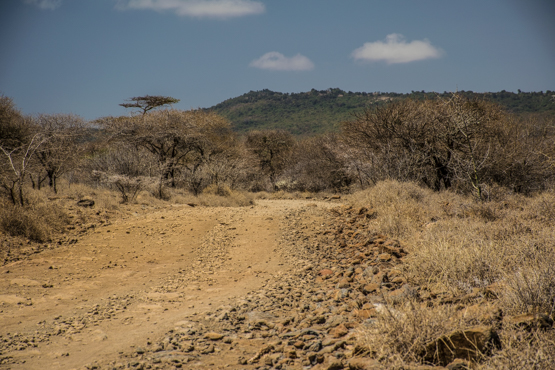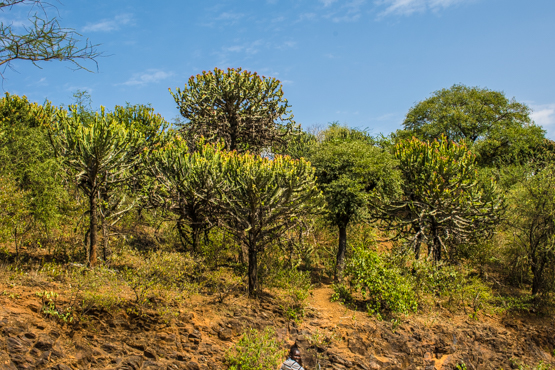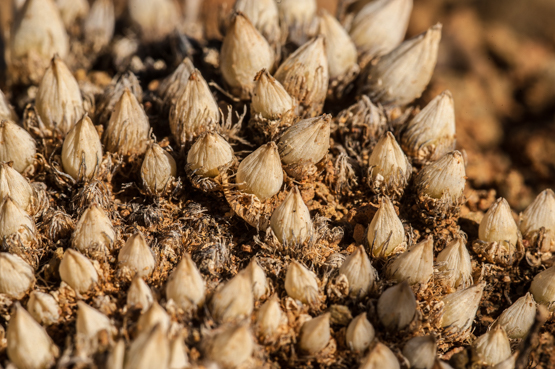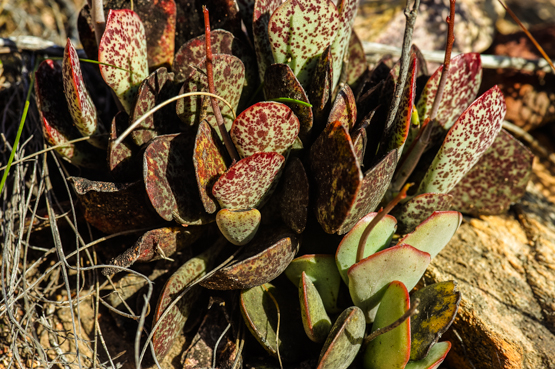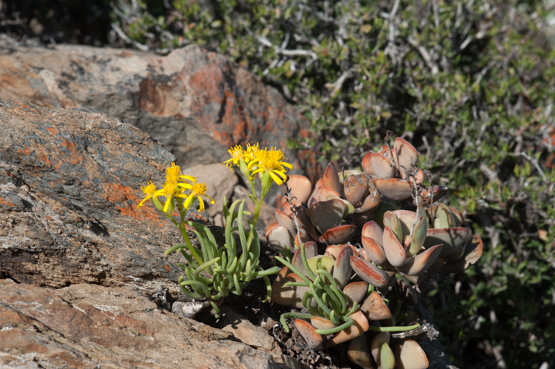Early November 2012, I published my first post in “Enjoy succulents”.
Almost exactly 3.5 years later, 399 posts have followed. To be honest, I’m quite astonished by this number.
When I started writing this post and looked back to see if there was anything that warranted dwelling on, there were two facts that jumped out:
— By far the most visited post is the one on Crassula umbella. Since it was published in September 2013, it has consistently drawn many more visitors than any other one. To be more precise: almost five times more than the second in line. Of course, it is an interesting species, but that goes for many, many others, so what makes it so exceptional? When I discussed it with my wife, she came up with the one question I should have asked myself: could it be because little mention of it is made on the internet? And yes, when you google Crassula umbrella, my post comes up first. So it is something like being one-eyed in the land of the blind.
— The other thing is the following. Now and then I publish a post that has a couple of good pictures and some nice text, with maybe some unusual or not generally known facts. Because I like the post myself, it seems natural to expect some positive comments by readers, but there is no apparent relationship.
On the other hand, when I publish something which I am not really happy with, people are often enthusiastic about it.
Well, maybe I just do not have a clear idea what visitors like and expect. If anybody could throw some light on this, I would be most appreciative!
Category: Uncategorized
Kenya revisited (part 1 of 2)
Last week I returned from my trip to Kenya. And what a trip it was, about 4000 km in 16 days, most of it on untarred roads,
with accommodation that takes some getting accustomed to,
and almost always the most simple of meals (think beans, chapatti and chai).
Fortunately, as all three of us are seasoned travelers, we had anticipated most of this.
On the positive side: we saw some magnificent scenery and great plants and we also met a couple of interesting and helpful people.
In this post and the following one, I will show you some of the scenery and the plants we saw.
The following picture shows Euphorbia magnicapsula north of Nakuru;
the last two pictures show the scenery south of Baragoi and between Baragoi and South Horr resp.
Crassula columnaris (part 2 of 3)
Cephalophyllum curtophyllum
Depending on the local conditions these plants are compact or sprawling, often starting life under a shrub.
In spite of the name (“with short leaves”), with a length of 3.5-5 cm the leaves are by no means the shortest in the genus.
The flowers are about 4 cm in diameter and purple with white stamens or (more rarely) cream-coloured with purple-brown stamens; they appear from June though September.
The plants occur from the Cedarberg to the western Little Karoo on open slopes or in dry, open scrub.
This species is probably more variable in flower and growth form than any other Cephalophyllum.
Cephalophyllum curtophyllum
Depending on the local conditions these plants are compact or sprawling, often starting life under a shrub.
In spite of the name (“with short leaves”), with a length of 3.5-5 cm the leaves are by no means the shortest in the genus.
The flowers are about 4 cm in diameter and purple with white stamens or (more rarely) cream-coloured with purple-brown stamens; they appear from June though September.
The plants occur from the Cedarberg to the western Little Karoo on open slopes or in dry, open scrub.
This species is probably more variable in flower and growth form than any other Cephalophyllum.
Antimima pygmaea (part 2 of 2)
It may be of interest to see what Prof. Schwantes in his magnum opus Flowering Stones and Mid-Day Flowers (1957) has to say about this “most remarkable and interesting species”: “This forms annually only two pairs of leaves to each growth which, however, are differently shaped. This phenomenon is called dimorphism of the leaf. The pair of leaves that appears at the beginning of the rainy season from out of the dry sheath is united into a long sheath at the base but developed normally above into widely separated, yawning, broad leaf tips. This pair of leaves with its comparatively broad surfaces that catch the light and absorb carbon dioxide as nourishment, provides food during the growth period. When the end of this period approaches there pushes out of the channel formed through the uniting of these normally developed leaves a peculiar, elongated, cylindrical structure which consists of two leaves joined right up to the tip. The very short ends are separated only by a slit, which shows that the growth actually consists of two thick leaves. Growths which consist of such closely united leaves are called plant bodies (corpusculum). The object of this close union can only be to reduce the evaporating surface as much as possible and to protect the young growth within from being dried up. The plant’s struggle to make the leaf pair as nearly spherical as possible is here obvious; as is known, the sphere is the form with the smallest surface area. Within these leaf pairs or plant bodies the next pair develops, which once more is less completely united. Inside the body a channel running its whole length remains open; the slowly developing leaf pair is fitted into this and draws from the plant body food and water until it has dried up to a parchment-like skin which completely surrounds the young pair so that not even the tip projects. In this condition the growth, well protected by the skin, lives through the dry period and when the rains begin the deeply buried pair of leaves quickly emerges from the skin surrounding it. In Ruschia pygmaea quite distinct leaf pairs are produced for the dry and for the rainy seasons, one of which has a large surface for assimilation, while the other serves for the protection of the resting pair.”
Adromischus triflorus (2)
Adromischus triflorus (1)
Many Adromischus species are quite variable and this one is no exception.
Looking at the pictures you will get some idea of the differences in size, colour, markings and shape of the leaves.
A. maculatus is often quite similar, but there the horny leaf margin runs all around the circumference of the leaves, whereas in A. triflorus it is only present in the upper half.
The species occurs on lower sandstone slopes and rocky outcrops from Clanwilliam to Worcester, Mossel Bay and Steytlerville; in the Little Karoo it is the most common Adromischus.
The relatively large flowers appear from November to January.
Senecio cotyledonis (2)
Temporary silence
For many, many years I have wanted to visit Somalia and see its wonderful succulents. I paid many visits to other countries in the area: Ethiopia and Kenya in the Horn of Africa and Yemen on the Arabian peninsula. But for one reason or the other, Somalia was always out of reach.
In 1991, the part of Somalia that used to be British Somaliland declared itself independent. The fact that it is not recognized as an independent country by the international community makes it a bit complicated to visit and it is therefore a rather unusual destination for tourists.
A while ago an unexpected occasion came up to visit Somaliland, in the company of a few people who have been there before.
And so, the day after tomorrow I will be flying to Addis Ababa, from where we will take a bus and head east to our destination.
I suppose there will not be much time or opportunity to communicate with the rest of the world while being in Somaliland, so don’t expect any posts from me until the beginning of February.
